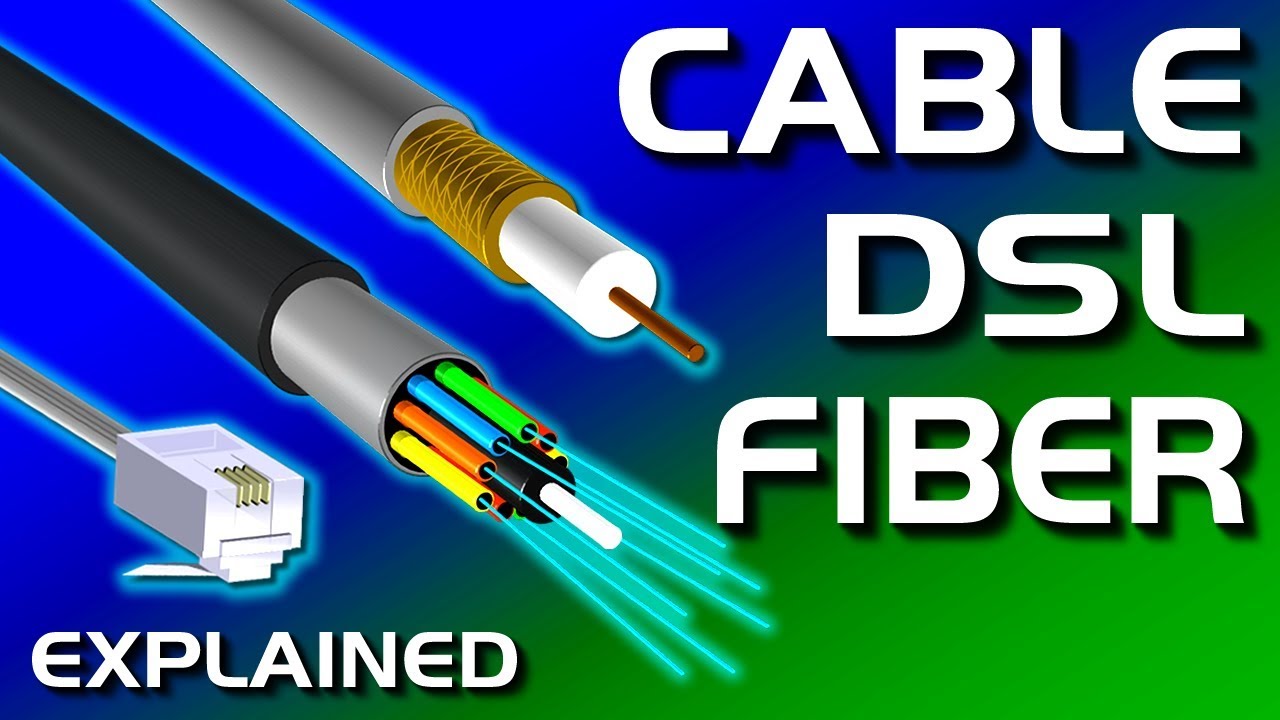MazeCreator DSL • April 06 2023
DSL vs. Satellite Internet Services: Which One Should You Choose?
In today's world, having access to high-speed internet is essential. However, choosing the right internet service provider (ISP) can be a bit overwhelming. Two popular options are digital subscriber line (DSL) and satellite internet services. In this article, we will compare these two options and help you choose the one that meets your requirements the most.
Speed
When it comes to fast internet speed, DSL is the clear winner. DSL operates on copper phone lines, which means that it provides a more reliable connection with higher download and upload speeds. On the other hand, satellite internet services use signals from satellites orbiting the earth, which often creates latency issues. This means that even though satellite internet claims to offer high-speed internet, in reality, it may not be as fast as DSL.
Availability
Another factor to consider before choosing an ISP is availability. DSL is widely available in most urban and suburban areas. It uses existing phone lines, which makes it more accessible than satellite internet services. On the other hand, satellite internet services are offered in both urban and rural areas, where DSL is not available. However, the availability of satellite internet services is still limited, particularly in densely populated areas.
Cost
When it comes to the cost of internet services, it is hard to compare DSL and satellite internet services since the prices vary based on several factors, including the service provider, the location, the plan, and the promotional offers. That said, generally, DSL is a more affordable option than satellite internet services. However, keep in mind that the cost of DSL may increase depending on your location or the type of plan you choose.
Reliability
DSL is considered one of the most reliable internet services available in the market. Since it uses existing phone lines, the connection is usually stable and secure. On the other hand, satellite internet services can be unreliable, particularly during turbulent weather conditions, such as heavy rain, snow, or thunderstorms. In such cases, the signal may be interrupted, resulting in slower speeds or complete disconnection.
Latency
Latency refers to the time it takes for data to travel from your computer to the server and back. Generally, DSL has a lower latency than satellite internet services. Since the signal travels a short distance, the latency for DSL is minimal, which enables users to enjoy a smooth and lag-free internet connection. In contrast, the distance between the satellite and the earth creates a delay, resulting in a high latency for satellite internet services.
Customer Support
Another factor to consider when choosing an ISP is customer support. Both DSL and satellite internet services offer customer support, but the quality of the support may vary depending on the service provider. Keep in mind that DSL customer support is often provided by the same company as your phone service, which means that you may get a quicker response in case of an issue.
Bottom Line
In conclusion, both DSL and satellite internet services have their pros and cons. If you are looking for a reliable and affordable option with higher speeds and lower latency, DSL is a better choice. On the other hand, if you live in a rural area where DSL is not available or have no other internet options, satellite internet services can be a good alternative. Regardless of your choice, make sure to research and compare different service providers and their plans to choose the one that best suits your needs.








